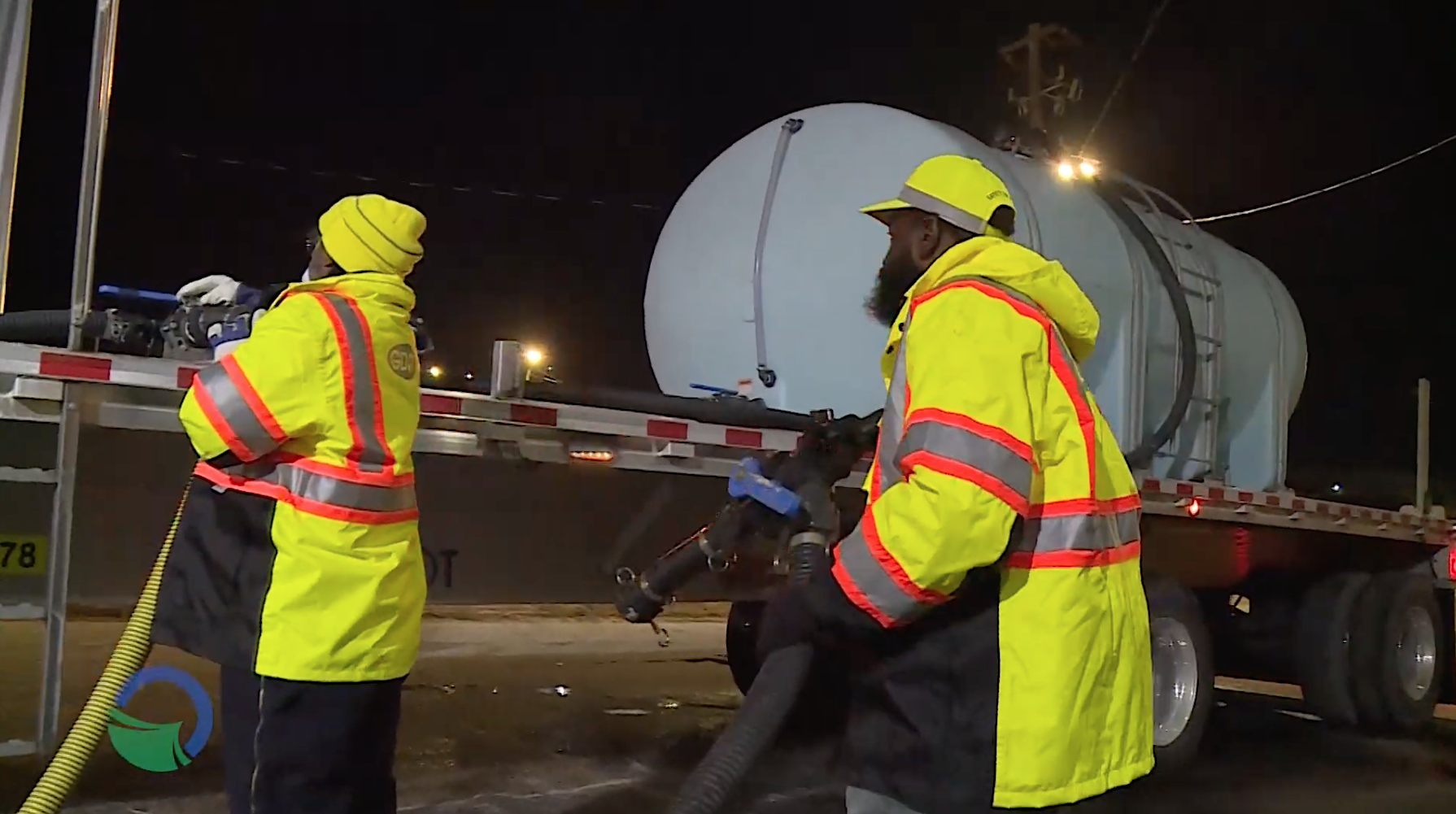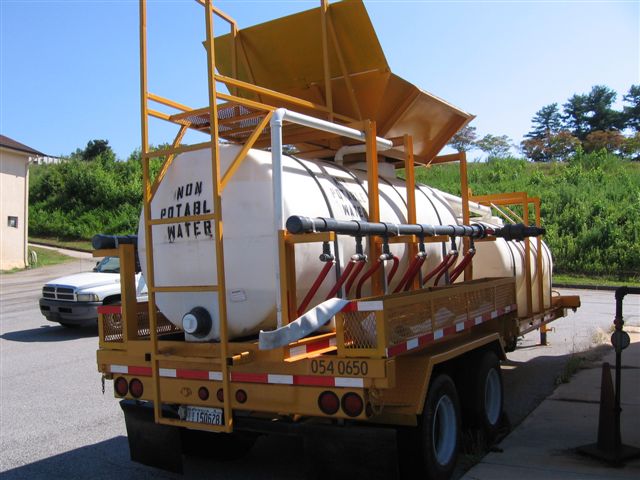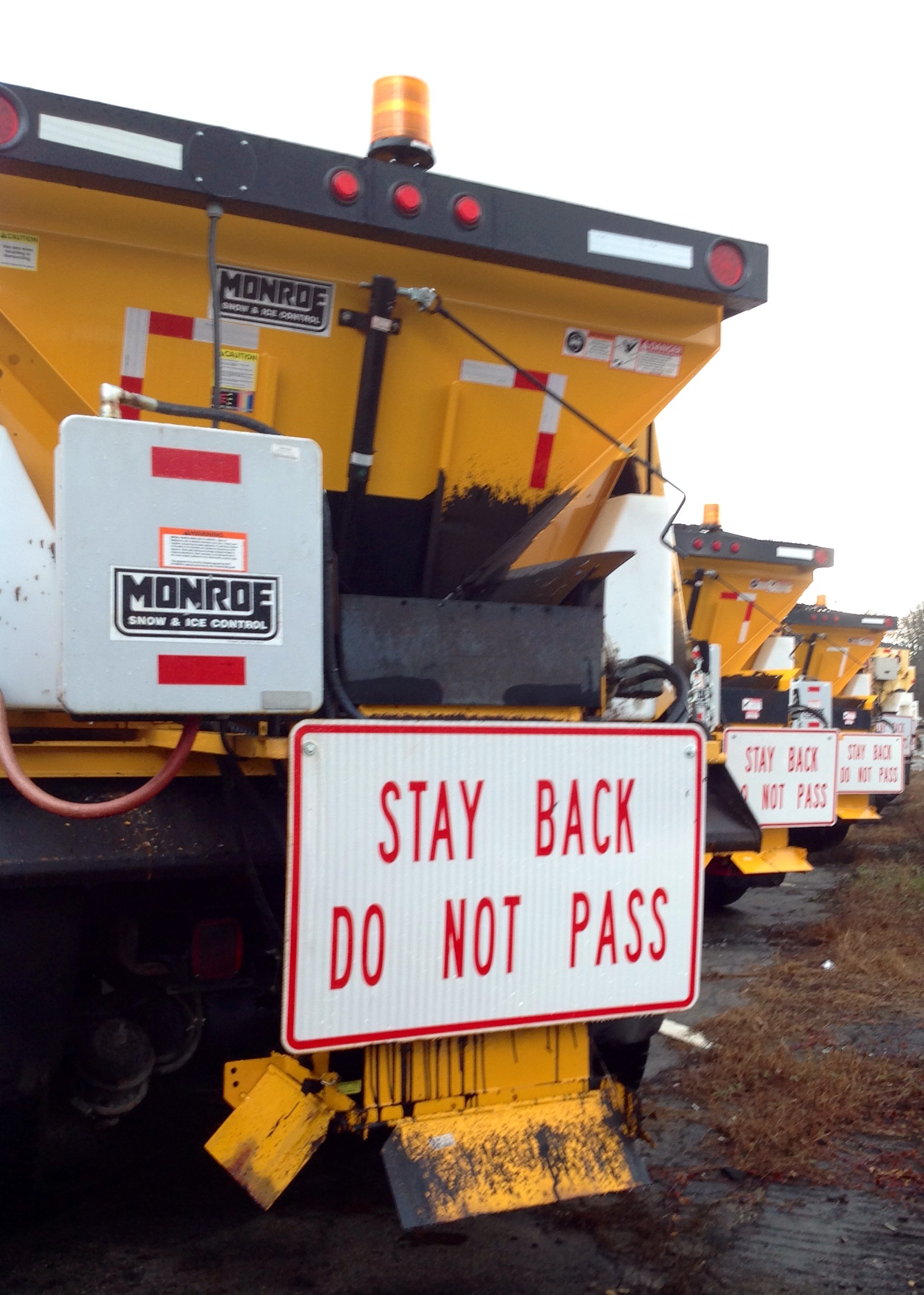
ATLANTA – Georgia DOT crews spent Friday laying the first layer of brine on 19,500 centerline miles of interstates and major state routes around metro Atlanta and north Georgia in preparation for the incoming winter weather system that is expected to hit the region this evening. An estimated 900,000 gallons of brine have been spread as of this morning. Today, the department continues its brine operations on interstates and state routes in areas expected to be impacted by the storm.


“As the system approaches Georgia this evening, Georgia DOT will continue to monitor road conditions and will adjust operations as needed, whether that is transitioning to salt and gravel or snowplows,” the transportation department says in a news release.
Express lane closures
Currently, Georgia DOT plans to proactively close the I-75 Northwest Corridor Express Lanes northwest of Atlanta and the I-75 South Metro Express Lanes south of Atlanta at midnight tonight. Conditions will be monitored throughout the evening and the timing of the closure may be adjusted as a result, GDOT says.
Express Lanes will reopen when conditions allow.
Extended hours for rest areas
Georgia DOT and state and local authorities strongly encourage motorists to avoid all non-essential travel as the storm begins to impact Georgia later today. However, for those who must travel, the department is actively working in the potentially affected areas to extend hours of operation at rest areas and welcome centers by keeping restrooms open and regularly cleaned around the clock for the duration of the storm. Georgia DOT will announce those locations once finalized.

GDOT crew safety
Please be aware of the brine trucks in your areas given they must travel 40 mph to properly apply the treatment. Pay attention to Georgia DOT trucks spreading materials and stay back a safe distance. As the impacts from the storm become reality through the weekend, it will become vitally important that motorists avoid all unnecessary travel in these areas.
Georgia DOT crews continue to follow safe COVID protocols as outlined by public health agencies including wearing masks, regularly sanitizing vehicles and equipment and social distancing.






